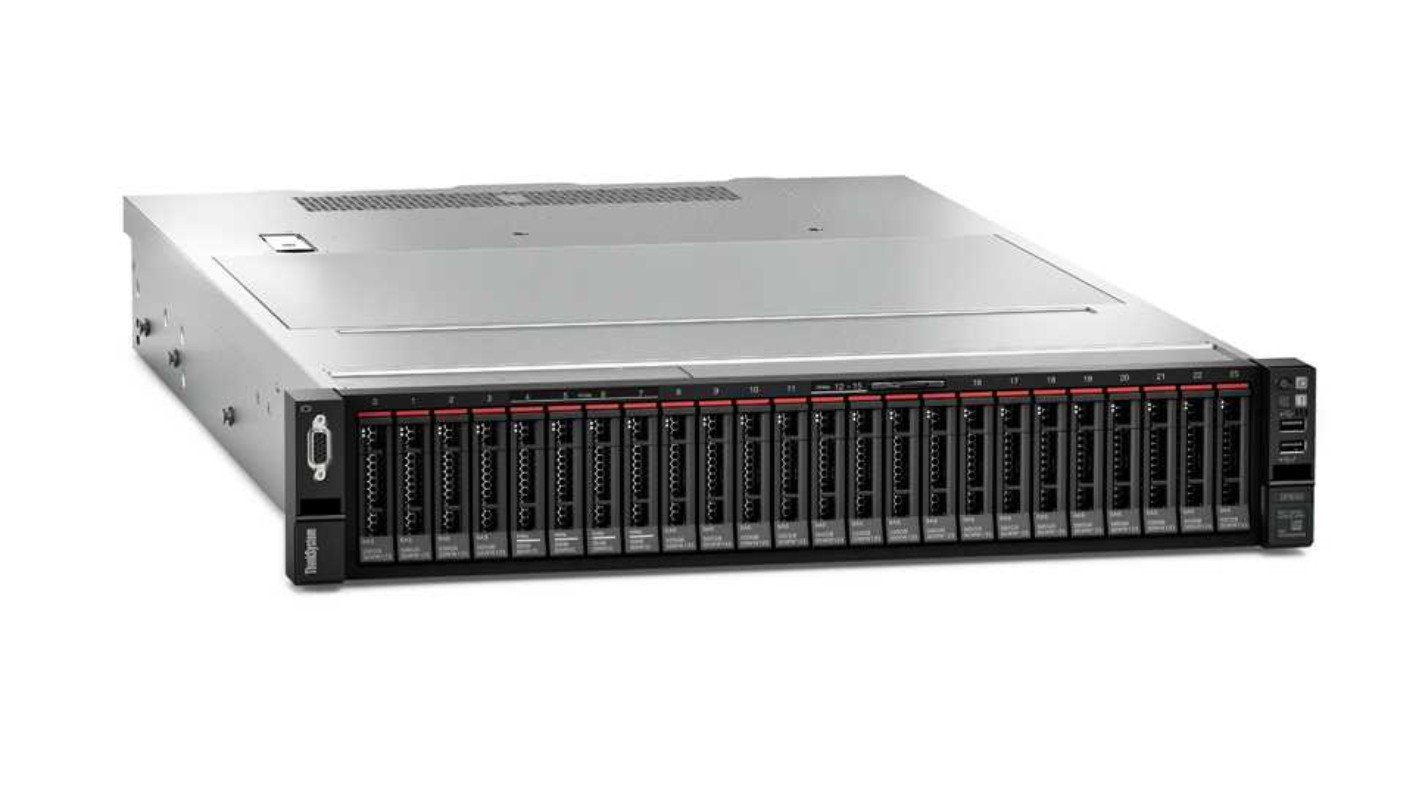Choosing the right server rack mount isn’t just about squeezing equipment into a cabinet.
It’s about designing a stable, scalable, and well-cooled environment that supports your infrastructure’s current and future needs.
From selecting the correct depth to understanding rail compatibility and load-bearing limits, every detail matters.
Here’s a detailed step-by-step checklist. to help you make an informed decision.
1. Start With the Equipment Inventory
So prior to starting with anything else, the first step of this checklist is before selecting any server rack mount, create a complete inventory of the equipment you plan to install. This includes:
- Servers (rack units and dimensions)
- Network switches
- Patch panels
- PDUs (Power Distribution Units)
- Cabling and accessories
This step is critical for determining how much rack space you’ll need, how deep the cabinet should be, and what type of airflow your setup will require.
2. Understand Rack Depth Requirements
Server cabinets come in varying depths. Choosing the right depth ensures that your equipment fits properly without blocking airflow or protruding.
- Shallow racks (under 27″): Best for patch panels and shallow devices.
- Standard-depth racks (27″ to 36″): Common for mid-range servers.
- Deep racks (over 36″): Ideal for modern enterprise-grade hardware with larger chassis.
When evaluating options, remember that a server rack mount should offer extra space behind the equipment for cabling and airflow. Leave at least 4-6 inches behind and 2-4 inches in front of your gear.
3. Confirm Rail and Mounting Hardware Compatibility
Not all rails fit all cabinets. Rail compatibility often depends on the type of mounting interface used in the rack:
- Square hole racks: Versatile and allow for tool-less installation with cage nuts.
- Round hole racks: Require threaded rails or cage nuts.
- Tapped hole racks: Pre-threaded for direct screw mounting.
Check the rail type supported by your hardware and confirm the cabinet accommodates that format. Also, verify whether your equipment needs adjustable or fixed rails. Adjustable rails are useful when mixing devices of various depths in a single rack.
4. Calculate Load Capacity (Static and Dynamic)
Load capacity is often overlooked until it’s too late. Server racks have both static and dynamic load ratings:
- Static load: Maximum weight the rack can hold while stationary.
- Dynamic load: Maximum weight it can support while being moved.
Evaluate the combined weight of your equipment and ensure the rack exceeds that number with a safety margin. This is especially important for high-density deployments or when racks will be moved fully loaded.
5. Choose the Right Rack Unit (U) Size
One rack unit (1U) equals 1.75 inches in height. Server rack mount cabinets typically come in sizes like:
- 24U: Compact setups
- 42U: Industry standard
- 48U+: High-density environments
Count the rack units your gear requires and add at least 20% buffer space for future expansion. Leave room for airflow and cabling paths.
6. Assess Cooling and Airflow Design
Poor cooling leads to thermal throttling and premature failure. Choose a rack that supports effective front-to-rear airflow:
- Perforated doors (front and rear) for passive cooling
- Removable side panels for maintenance access
- Cable management to prevent air obstructions
If using active cooling methods like fans or in-rack air conditioners, ensure the cabinet is sealed where needed to direct airflow efficiently.
7. Plan for Power Distribution and Cable Management
Integrate PDUs and structured cable routing from the beginning. Look for server rack mounts that include:
- Vertical and horizontal cable organizers
- Rear mounting brackets for PDUs
- Brush strips to pass cables without affecting airflow
Don’t underestimate the space and planning required for tidy cabling. Good cable management reduces troubleshooting time, improves airflow, and extends component lifespan.
8. Evaluate Security Features
If the rack is located in an open-access area, physical security becomes essential. Choose features such as:
- Locking front and rear doors
- Side panel locks
- Tamper-evident seals
- Mounting provisions for rack door sensors or access control modules
This is particularly important in co-location environments or office spaces with shared access.
9. Factor in Rack Placement and Mobility
Where will the rack be placed? If it’s going into a data center with raised floors and fixed cable trays, casters may not be necessary. But for edge deployments or mobile labs, mobility features matter:
- Heavy-duty casters for movement
- Leveling feet for stability
- Reversible doors for flexible access
Also, check ceiling clearance and floor strength before finalizing your cabinet dimensions.
10. Think About Scalability and Modular Design
As your infrastructure grows, so should your cabinet. Select a rack that allows for modular upgrades:
- Expansion kits for width or depth
- Tool-less rail adjustments
- Removable top panels for cable ingress
Modular features can save time and costs as new devices are added or swapped.
Wrapping Up
A properly chosen server rack mount is the foundation of a stable IT setup. It keeps your infrastructure organized, secure, and scalable. Take time to consider not just what fits now but what your systems might look like in the next few years. Planning smart today avoids chaos tomorrow.
Whether you’re building a data center or a remote edge closet, the right rack decisions will save you time, protect your investment, and simplify maintenance for years to come.


